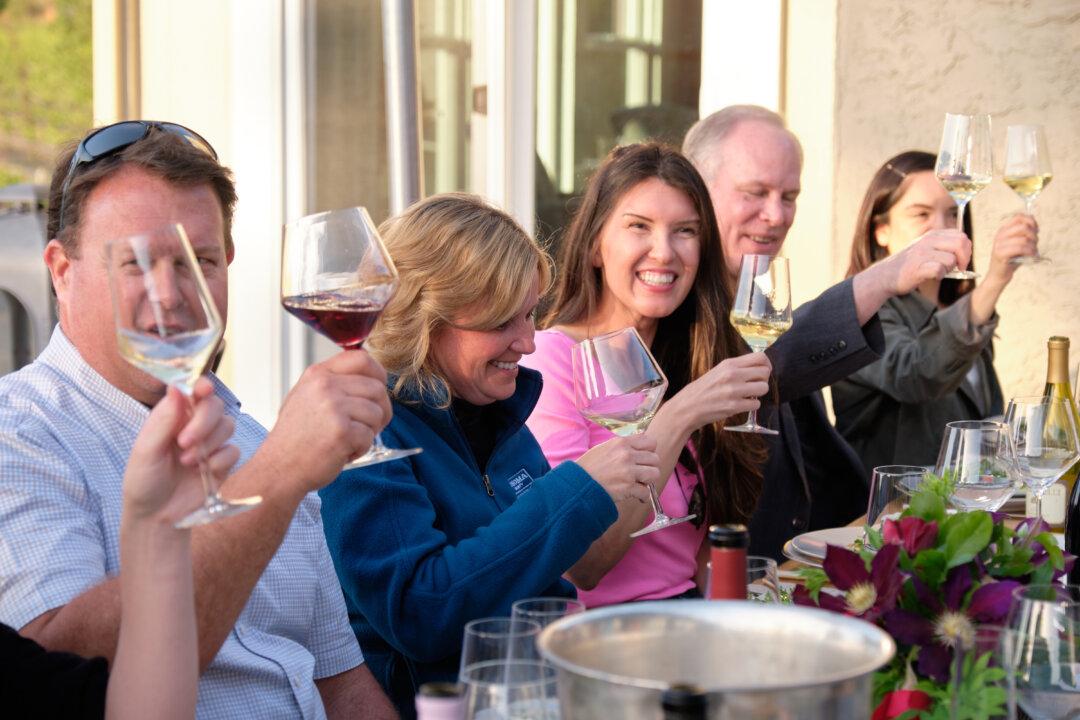GUADALAJARA, Mexico—Much like our Canadian neighbors to the north, our neighbors to the south are an underrated destination in the American market. Mexico’s culturally rich areas are often passed over in lieu of beachy vacations. But don’t overlook the inland cities and towns. While Mexico City is a lovely destination, the tourism upswing after the 2015 Bond movie “Spectre” leaves it feeling a little, well, touristy.
Guadalajara, with beautiful weather year-round, is a city of plazas, parks, and fountains. The yearly rise in visitors is slow but steady; it’s a “visit now” type of place.





